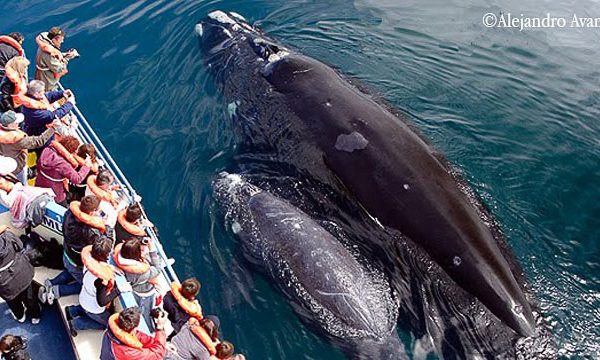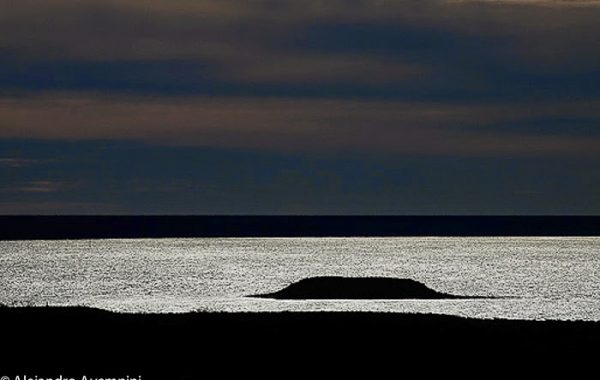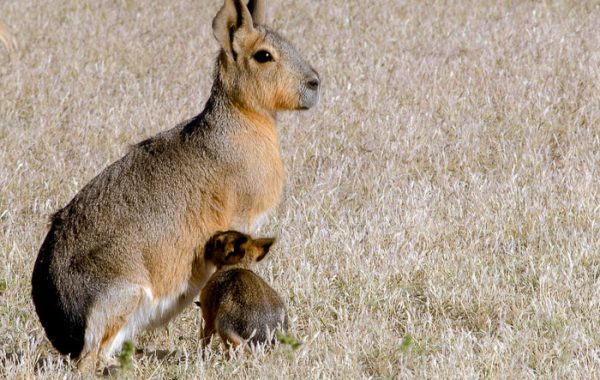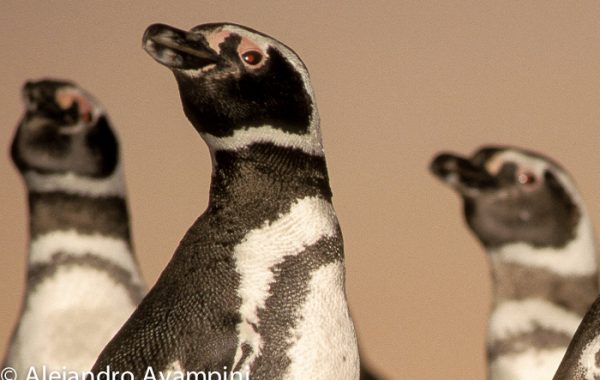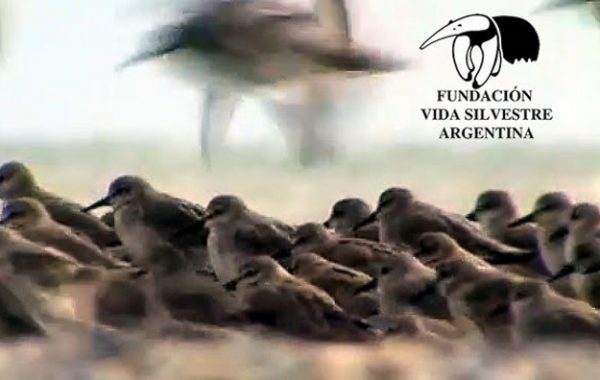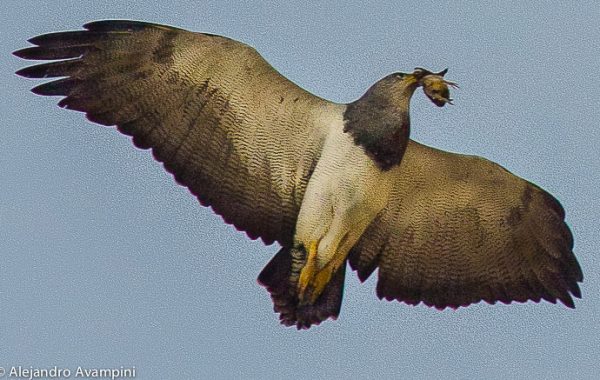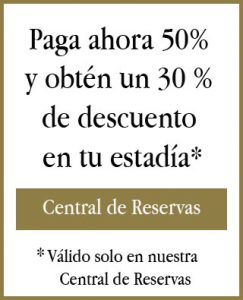The right whale, a rare beauty
The forms that whales have in general are really very different from any other living being and their size cannot be compared to that of our species. But despite being the morphology so different from ours, anatomy brings us closer to this monumental species of being alive. Humans share a certain kinship from some characteristicsRead More
How to get to Birds Island from Puerto Madryn?
How to get to Birds Island from Puerto Madryn? The Bird Island Reserve is located on Route 2 after entering the Valdes Peninsula. A 7 km from the booths where you paid the entrance, there is a roundabout. The first access is to the Visitor Center. A museum can take a screenshot of the regionRead More
Patagonian hare
Patagonian hare Often referred to as the Patagonian hare (Dolichotis patagonum), the Mara is a large rodent that exists only in Patagonia, can reach up to 70cm and is easily distinguished from the European Hare by the White marking near the tail and its small ears. They are monogamous and often several pairs will raiseRead More
Magellanic penguins
The Patagonian coast has many penguins throughout the extension. They vary in a number of members and species. Within Peninsula Valdes, there are 7 colonies of Magellanic penguins. the best known are two, one immense and the other small. The first is the penguin colony of San Lorenzo Ranch 46.6 mi ( 75 km ) fromRead More
Red Knot
Along their amazing migratory route of unimaginable proportions which begins in the Northern Autumn in the Canadian Arctic and takes them to the Southern extremes, only to then be repeated 4 months later as they return north with their offspring, the Red Knot (Calidris Canutus) and other migratory birds deviate from a straight line toRead More
Black Chested Buzzard Eagle
The Black Chested Buzzard Eagle (Geranoaetus Melanoleucus) is a fast hunter that occupies most of the South American Continent from Venezuela to The land of Fire and the Beagle Channel. This is a diurnal bird that occupies, in relatively small numbers, the Valdes Peninsula. Black-Chested Buzzard Eagle chicks in the nest Their nests are foundRead More
A historical record of the colonization of Patagonia
This image represents just one small corner of Patagonia, a landscape illuminated by the warm glow of sunset reflected upon the small chapel at Bird Island, a replica of the one that stood at the San Jose fort in an early attempt at Spanish colonization. Isolated and alone, set to one side of the visitor’s
Read More





